Several countries have raised alarms over the safety of Indian spices after tests revealed elevated levels of heavy metals in popular exported products. The findings have triggered recalls, import bans, and heated discussions about food safety standards in one of the world's largest spice-producing nations. India's $4 billion spice industry, which supplies nearly half the world's demand, now faces one of its most significant credibility challenges in years.
The controversy began when health authorities in Hong Kong detected concerning levels of lead and chromium in certain packaged spice mixes from major Indian brands. Subsequent testing by regulatory bodies in the United States, Australia, and several European nations found similar contamination in various products ranging from turmeric and chili powder to ready-to-use curry blends. The levels in some samples exceeded international safety thresholds by alarming margins.
Industry experts suggest multiple potential sources for the contamination. The agricultural soil in some spice-growing regions has shown increased heavy metal content, possibly from industrial runoff or the overuse of certain fertilizers. Processing methods, including the traditional practice of drying spices on roadsides, may introduce additional contaminants. There's also suspicion about some manufacturers potentially using artificial colorants containing heavy metals to enhance product appearance.
Indian authorities have responded with a mix of concern and defensiveness. The Spices Board of India has announced enhanced testing protocols and stricter quality control measures for exports. However, some officials have questioned the testing methodologies used by foreign regulators, arguing that the permissible limits vary significantly between countries and that Indian standards are being unfairly scrutinized.
The economic implications are substantial. Major importers have begun rejecting shipments, and some supermarket chains overseas have pulled Indian spice products from shelves. Domestic sales have also dipped as local consumers grow wary. This comes at a particularly sensitive time for India's agricultural exports, which have been a bright spot in the country's trade performance amid global economic uncertainties.
Public health advocates emphasize the long-term dangers of heavy metal exposure. Regular consumption of contaminated spices could lead to accumulation of toxins in the body, potentially causing neurological damage, kidney dysfunction, and increased cancer risk. Children and pregnant women are especially vulnerable to these health effects. The situation has revived debates about whether global spice supply chains need more rigorous oversight and transparency.
Some multinational food companies that source ingredients from India are reportedly reviewing their supplier networks and considering alternative sourcing options. This could reshape global spice trade patterns if the concerns persist. Vietnam, China, and some African nations might benefit as buyers look to diversify their sources.
The Indian government faces pressure to implement comprehensive reforms in spice production and processing. Suggestions include soil remediation programs in farming areas, modernization of processing facilities, and tighter regulation of additives. How quickly and effectively these measures are implemented could determine whether the country can restore confidence in its most famous culinary exports.
Consumer behavior is already shifting in key markets. Some shoppers are switching to locally produced alternatives despite higher prices, while others are seeking out organic-certified Indian spices that undergo more stringent testing. The crisis has inadvertently created opportunities for premium brands and smaller producers who can demonstrate cleaner production methods.
The scientific community is calling for more research into why certain spices seem prone to heavy metal absorption and how farming practices might be modified to reduce contamination. Preliminary studies suggest that some spice plants naturally accumulate higher metal concentrations from soil, meaning the solution might require changes at the agricultural level rather than just better processing.
Trade analysts warn that prolonged uncertainty could damage India's position in the global spice market permanently. Competitor nations are likely to capitalize on the situation by emphasizing their own quality control systems. The coming months will be crucial as Indian authorities work to contain the fallout through diplomatic channels, regulatory adjustments, and public relations efforts aimed at rebuilding trust.
Historical data shows that food safety scares typically cause temporary disruptions followed by gradual recovery. However, the current case involves multiple countries and products simultaneously, making the path to resolution more complex. Industry veterans recall similar challenges faced by Chinese food exporters years ago, suggesting that systemic reforms rather than quick fixes will be necessary for lasting solutions.
As the monsoon season approaches in India's spice-growing regions, farmers face uncertainty about demand for their upcoming harvest. Some are considering switching to other crops if spice prices drop significantly due to the contamination concerns. Such shifts could have long-term consequences for agricultural patterns in key producing states.
The controversy has also highlighted gaps in global food safety monitoring. While processed foods face strict controls in most countries, basic agricultural commodities like spices often receive less scrutiny. This incident may prompt international organizations to reconsider their oversight frameworks for such staple ingredients.
For now, consumers worldwide are left wondering about the spices in their kitchens. Food safety agencies recommend checking product origins and considering alternative seasonings until more clarity emerges. The situation serves as a reminder of how interconnected global food systems have become - and how quality issues in one region can quickly affect dinner tables thousands of miles away.
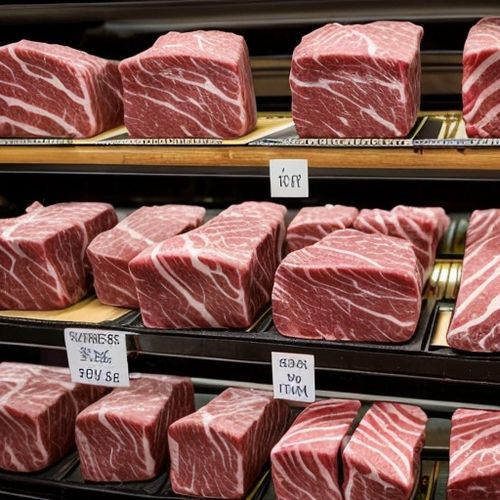
By Lily Simpson/Apr 10, 2025

By Victoria Gonzalez/Apr 10, 2025

By Emily Johnson/Apr 10, 2025

By Megan Clark/Apr 10, 2025
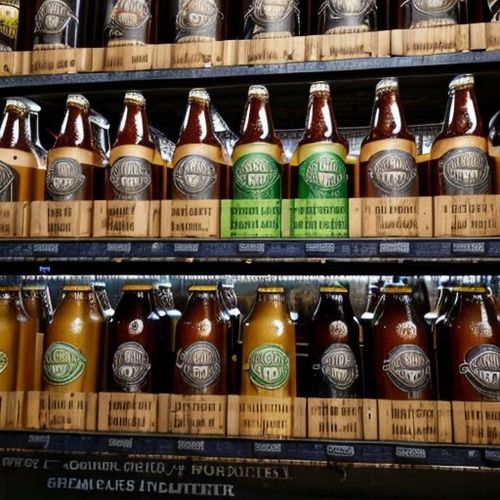
By Amanda Phillips/Apr 10, 2025
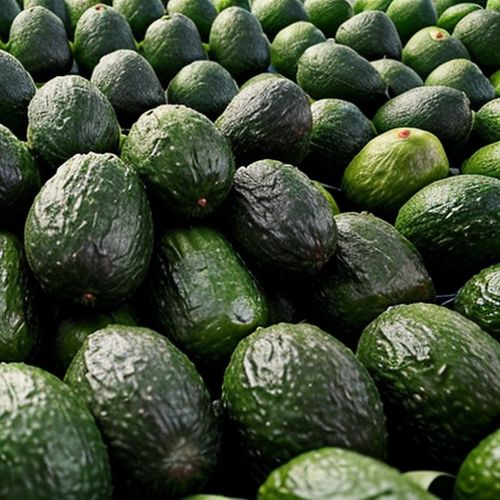
By James Moore/Apr 10, 2025
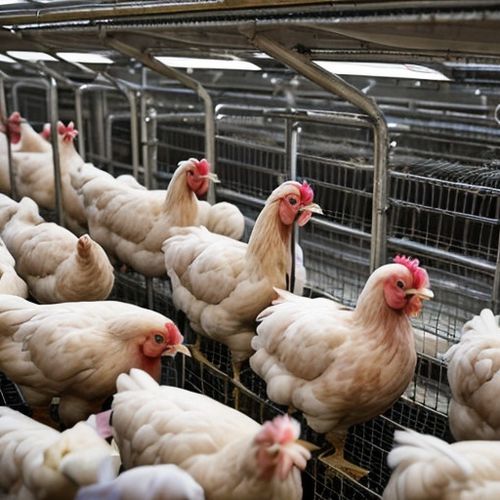
By Noah Bell/Apr 10, 2025

By Eric Ward/Apr 10, 2025
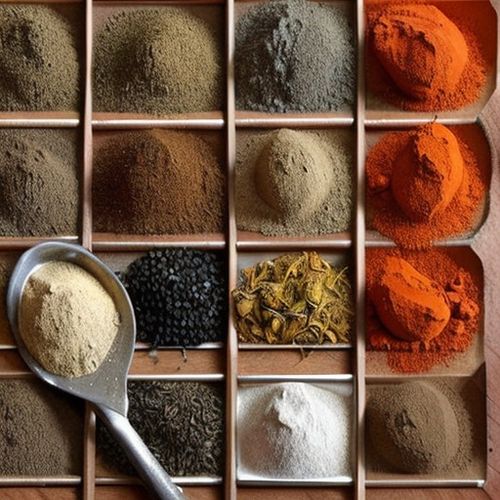
By Megan Clark/Apr 10, 2025
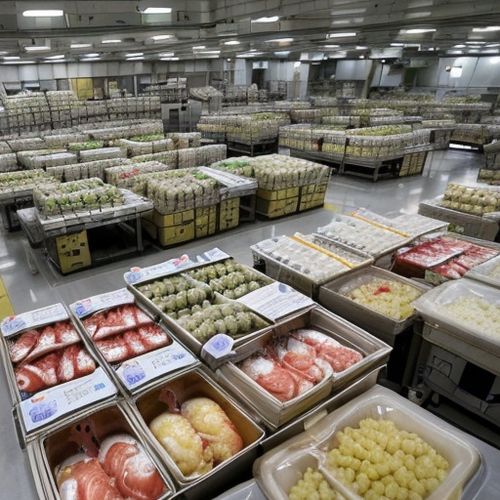
By Natalie Campbell/Apr 10, 2025
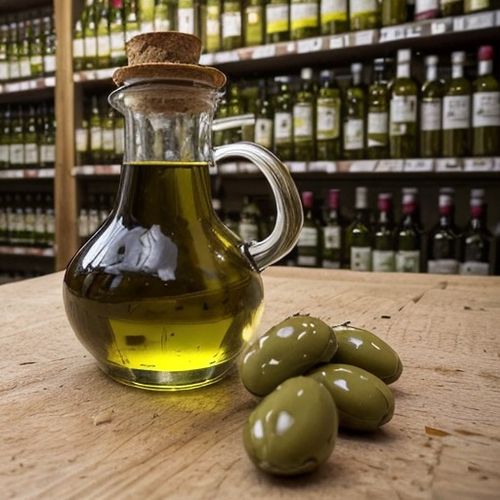
By Amanda Phillips/Apr 10, 2025
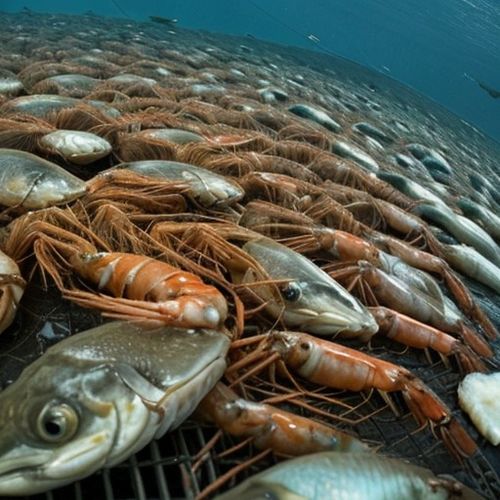
By Michael Brown/Apr 10, 2025

By Elizabeth Taylor/Apr 10, 2025
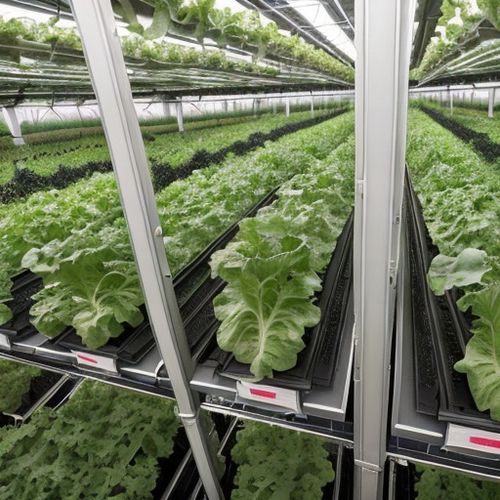
By Emma Thompson/Apr 10, 2025

By Natalie Campbell/Apr 10, 2025

By Eric Ward/Apr 10, 2025

By Sophia Lewis/Apr 10, 2025